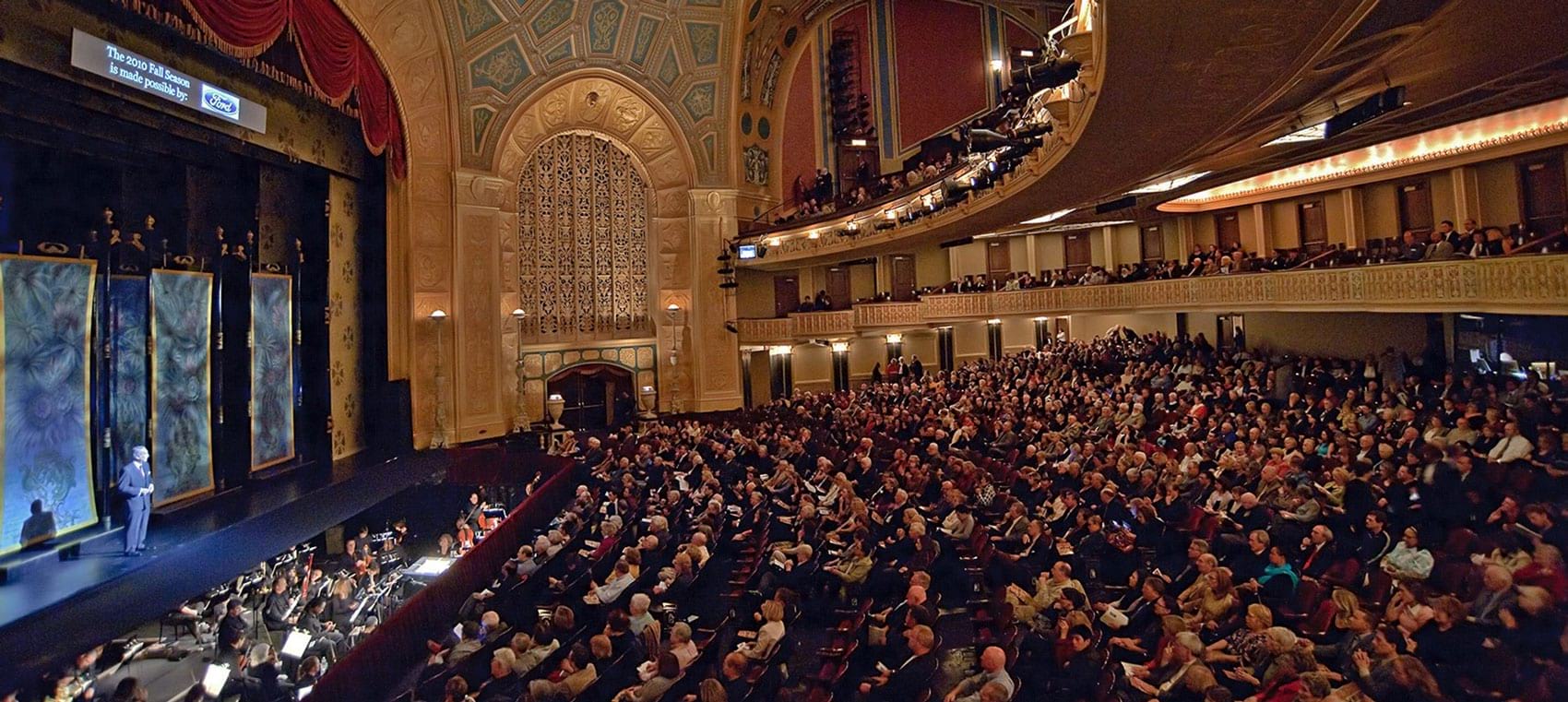

Theater attendance declined as the city's elite moved farther from downtown, and the venue began primarily showing films in 1931. Architects Mason & Rice blended French Renaissance and Corinthian elements in the facade's design. Museum trustees selected plans submitted by architect James Balfour of Hamilton, Ontario. Critics said the design was too extravagant, and more suitable for a location with an expansive lawn rather in the heart of a bustling city. But the Norman-style museum was erected anyway, and it was here that early treasures of the Detroit Institute of Arts, including the Van Gogh self-portrait, were originally displayed.Īfter the museum relocated to Woodward Avenue in 1927, the old building housed the Detroit Public Welfare Department and the Veterans of Foreign Wars. The former museum saw the wrecking ball in August 1960 to make way for the expressway now designated I-375. But it may end up being all for nothing-city planners now want to return the I-375 right-of-way back into traditional surface streets.Īfter the city's first opera house was destroyed by fire on the morning of October 7, 1897, its owners rebuilt on the same spot on Campus Martius where the original had opened 28 years earlier. When a successful 1883 art loan exhibition proved that Detroit was ready for its own museum, leading citizens incorporated the Detroit Museum of Art two years later and began raising funds for a permanent building.

What aspects make some demolitions more regrettable than others? It may be that a building is particularly historic, beautiful, irreplaceable, or connected to important people or events. But because so much of Detroit's architectural heritage has already been destroyed, it’s important to remember the lessons learned by the most avoidable and often pointless losses.

The current development boom in greater downtown Detroit has included a significant number of historical building renovations, including some once considered beyond saving.


 0 kommentar(er)
0 kommentar(er)
